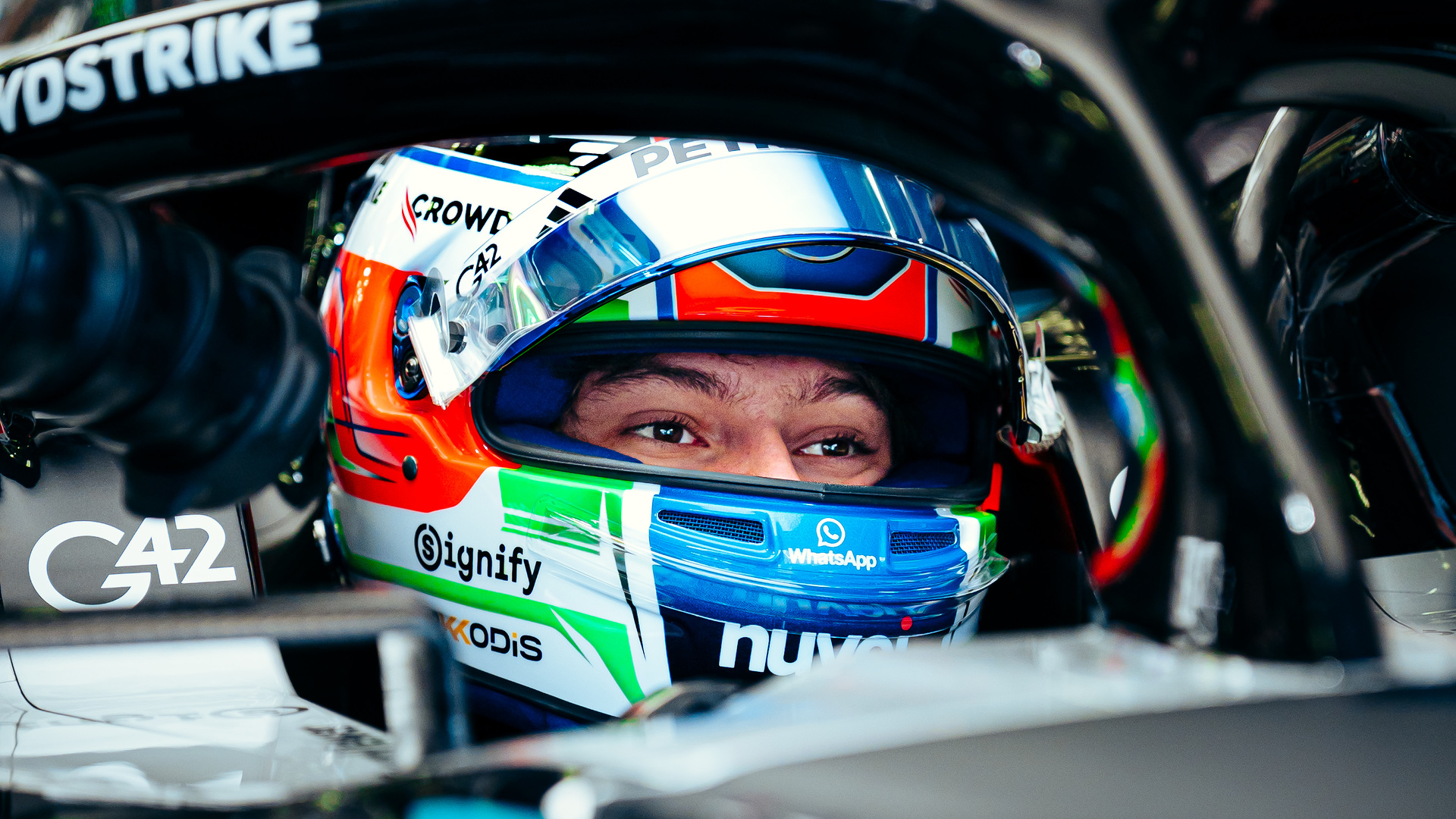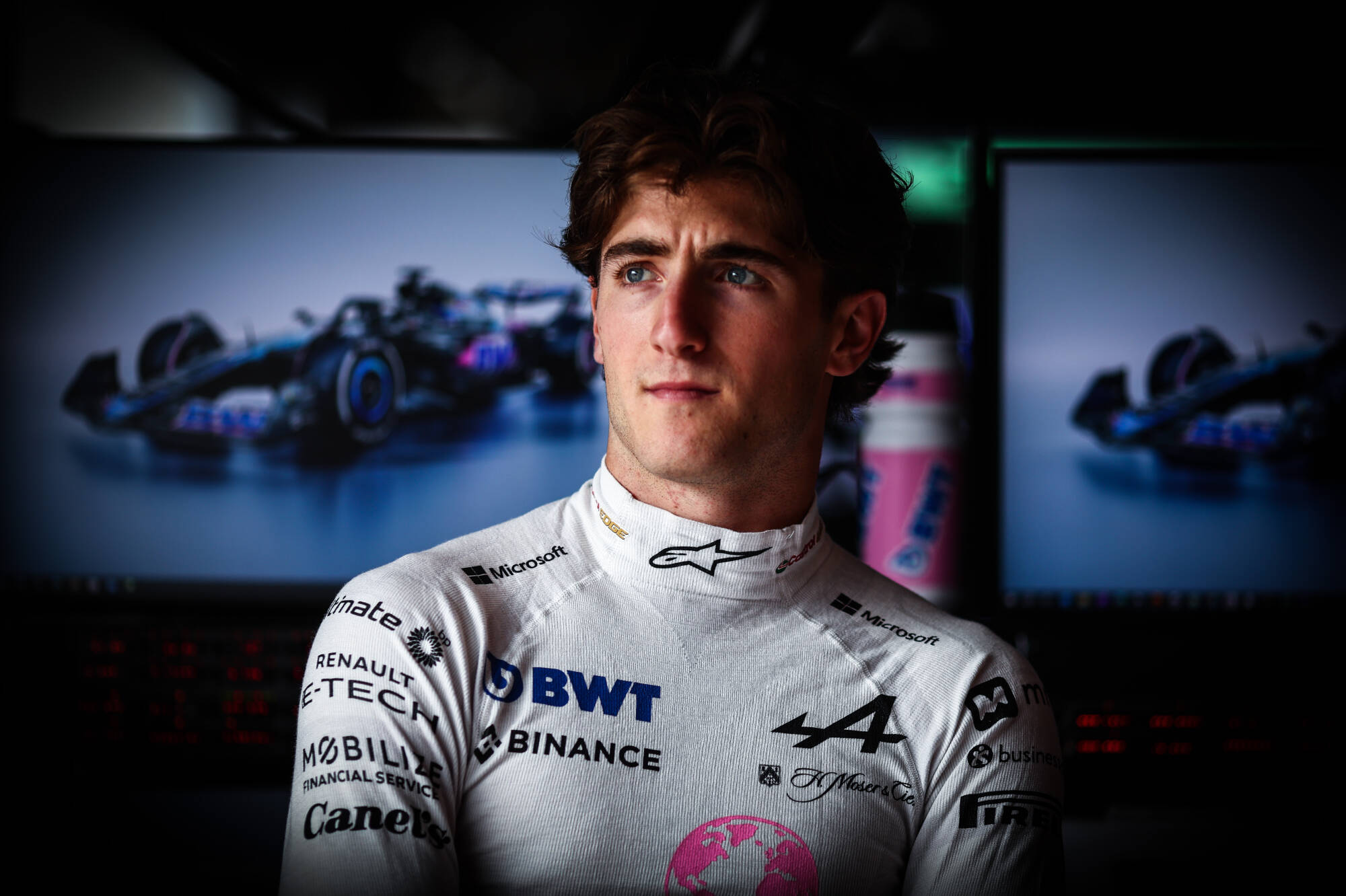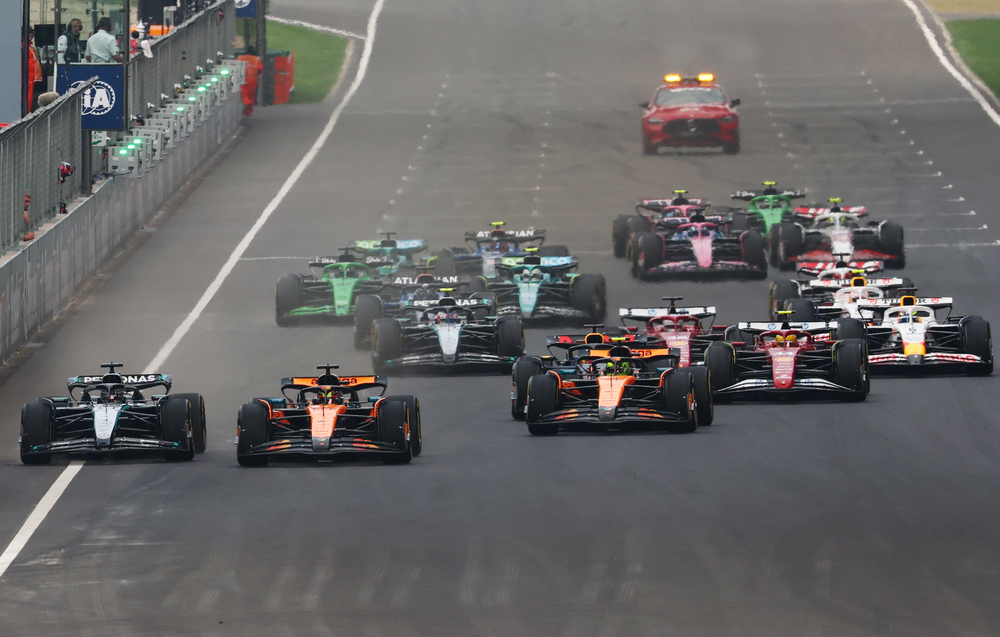Following the extreme heat of last weekend’s Qatar Grand Prix, which saw driver’s requiring medical attention following the event, health and safety have been called into question, with drivers and team personnel weighing in.

The 2023 Qatar Grand Prix clearly demonstrated the effects of extreme heat on drivers. Many drivers cited the race as the most difficult of their careers as they battled the 36 degree air temperature and even higher temperatures in the cockpit.
Williams driver Logan Sargeant unable to finish the race after becoming unwell from the extreme temperatures. His teammate Alex Albon struggled to exit his FW45 before requiring medical attention following the race, leading the safety of competing in such temperatures being called into question, with the FIA stating the drivers “should not be expected to compete under conditions that could jeopardise their health or safety.”
“We need to see if in the future there is any solution…”
While next year’s event is scheduled for December when temperatures are expected to be lower, Aston Martin’s Fernando Alonso, who suffered a burning sensation from the heat of his seat during the event, suggests an option to run the Grand Prix later in the day should be allowed in such conditions.
“It was a surprise, to be honest, because it was not that bad in free practice,” he said of the race. “Maybe it was windy or something and today we missed that wind or something, that ventilation.
“It was extreme. We need to see if in the future there is any solution, and in some extreme conditions we can agree on delaying the start or whatever.”
“Any hotter than this would be not safe…”
Alfa Romeo driver Valtteri Bottas noted that the 2021 running of the Qatar Grand Prix in cooler conditions was much less extreme.
“Yeah, [there was a] big difference,” Bottas said. “Even it’s three degrees. When it gets hotter in the car than your body temperature, then that’s not good news. Any hotter than this would be not safe anymore.”
The Finn was then asked if a limit on temperature should be implemented, to which he agreed, once again citing the safety and wellbeing of the drivers are a concern.
“There should be. Because of course, every driver, we’ve tried to complete the race, and you’re not going to stop if you still can drive. But at some point, it gets unhealthy and risky. I wouldn’t go hotter than this.”
“It was really extreme, probably too much.”
Also weighing in was Ferrari team principal Fred Vasseur, saying the event was close to or even over the limit while highlighting the demanding nature of the Lusail circuit as another contributing factor. He noted need for the sport to pay attention to the results.
“Well, I think we are close to the limit that when you have drivers stopping because they are not able to continue,” he noted. “They have the lucidity to stop, but they could also crash. It means that we have to pay attention.
“I think we were very close to the limit or over the limit this weekend. But for the future, I think that next year, the race in Qatar is at the beginning of December, and it’s a huge difference in terms of temperature and humidity.
“But yeah, this weekend on top of the temperature and humidity, it’s also very challenging for the drivers with the succession of 16 corners. When you’re always in corners at very high speed it’s very demanding.
“And I think for them, it was really extreme. I don’t want to say if it’s too much or not, but it was really extreme, probably too much. And we have to pay attention to this.”
“It’s not very often that you have a driver not able to finish a race.”
Vasseur continued to comment on the mandated maximum lap count, which he believes helped to alleviate the strain on the drivers as they were forced to make 3 stops during the course of the Grand Prix.
“On the paper, I think it was still a one-stop race without any limitation,” he said. “And for sure in this situation, you are pushing more when you are doing four stints or three stops.
“But I think even if you do one stop in the normal conditions, it would have been tough. At the end, you saw that nothing happened, and it’s good. But it’s not very often that you have a driver not able to finish a race.”
“That’s probably the biggest thing that we can do to help.”
Meanwhile, Mercedes trackside engineering director Andrew Shovlin agreed with the sentiment that next year’s event must be held in cooler and more acceptable conditions. The Mercedes man explained that such high ambient temperatures provide very little cooling for the drivers during the race.
“Fundamentally, when the air temperature is near body temperature around 36 degrees you can blow air at the driver, but it doesn’t have the same cooling effect as when the air is a bit lower,” Shovlin said.
“The added humidity also makes it very difficult for them. Now, what is the real solution to that? Next year the race moves to December. That’s a cooler part of the year and that’s probably the biggest thing that we can do to help.”




